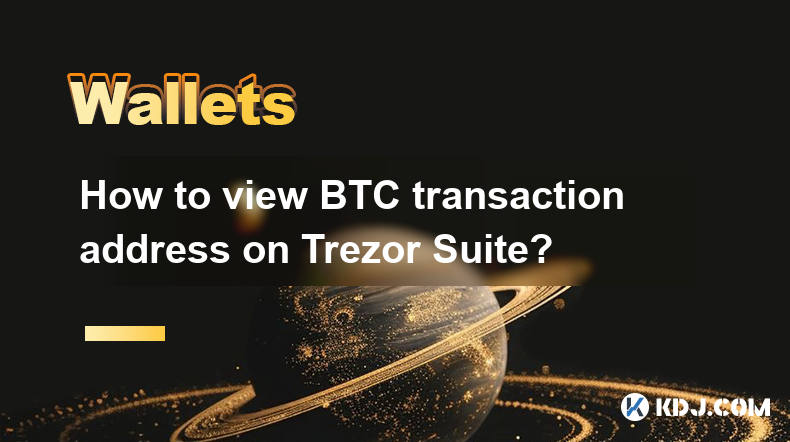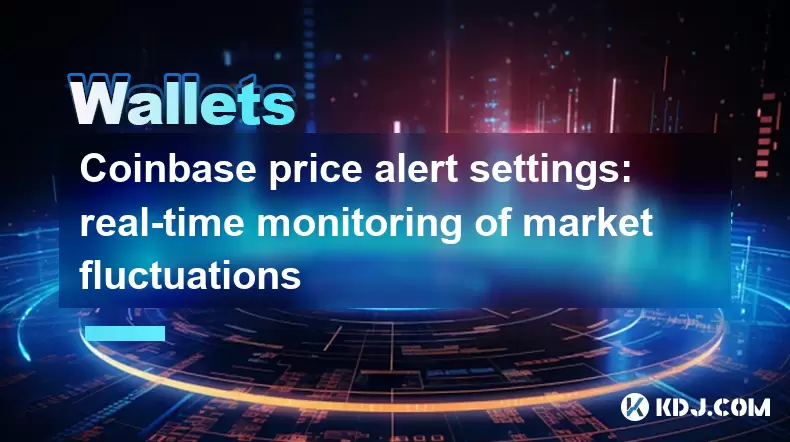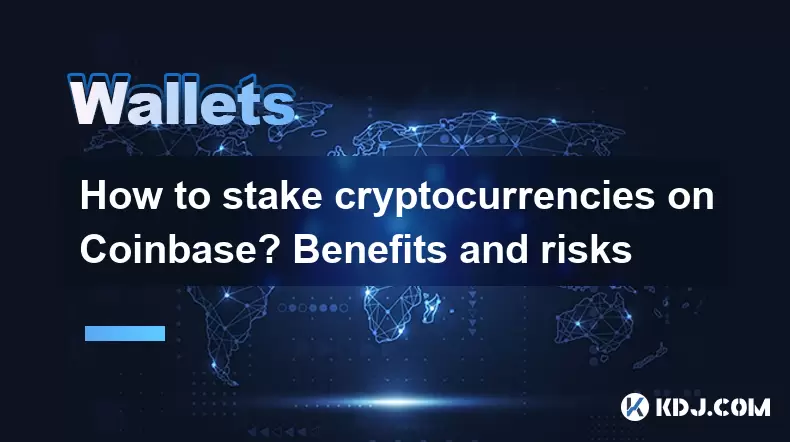-
 Bitcoin
Bitcoin $107,341.7259
0.15% -
 Ethereum
Ethereum $2,438.6204
0.70% -
 Tether USDt
Tether USDt $1.0003
-0.02% -
 XRP
XRP $2.1866
1.94% -
 BNB
BNB $649.0952
0.36% -
 Solana
Solana $150.9602
5.63% -
 USDC
USDC $0.9999
0.00% -
 TRON
TRON $0.2742
0.40% -
 Dogecoin
Dogecoin $0.1645
1.93% -
 Cardano
Cardano $0.5669
1.18% -
 Hyperliquid
Hyperliquid $37.8286
4.19% -
 Bitcoin Cash
Bitcoin Cash $491.4669
-2.74% -
 Sui
Sui $2.8150
3.06% -
 Chainlink
Chainlink $13.4184
2.91% -
 UNUS SED LEO
UNUS SED LEO $9.0809
0.27% -
 Avalanche
Avalanche $18.0295
2.60% -
 Stellar
Stellar $0.2396
1.19% -
 Toncoin
Toncoin $2.8587
0.13% -
 Shiba Inu
Shiba Inu $0.0...01160
2.59% -
 Litecoin
Litecoin $86.4192
1.45% -
 Hedera
Hedera $0.1486
1.19% -
 Monero
Monero $308.4324
0.87% -
 Polkadot
Polkadot $3.4202
1.43% -
 Bitget Token
Bitget Token $4.6436
-0.34% -
 Dai
Dai $0.9998
-0.02% -
 Ethena USDe
Ethena USDe $1.0002
0.00% -
 Uniswap
Uniswap $7.1527
3.29% -
 Pi
Pi $0.5357
-8.45% -
 Pepe
Pepe $0.0...09588
4.61% -
 Aave
Aave $259.9759
0.81%
How to view BTC transaction address on Trezor Suite?
To view BTC transaction addresses on Trezor Suite, check your transaction history in the Bitcoin section, as addresses are generated on-demand for security and privacy.
Apr 02, 2025 at 09:42 am

How to View BTC Transaction Addresses on Trezor Suite?
Accessing Your Bitcoin Transaction Addresses
Trezor Suite, the software wallet for Trezor hardware devices, provides a secure way to manage your Bitcoin (BTC). However, directly viewing your BTC transaction addresses requires understanding the wallet's structure and navigating its interface. This guide will walk you through the process, emphasizing security best practices. Remember, never share your seed phrase or private keys with anyone.
Locating Your Bitcoin Addresses
The first step is to ensure your Trezor device is connected and properly recognized by Trezor Suite. Once connected, navigate to the "Bitcoin" section of the wallet. You won't find a single, readily displayed list of all your addresses. Instead, Trezor Suite uses a hierarchical deterministic (HD) wallet structure. This means it generates multiple addresses from a single seed phrase, providing enhanced security and privacy.
Understanding HD Wallets and Address Generation
HD wallets derive new addresses as needed. This means you don't need to pre-generate a large number of addresses. Each time you receive Bitcoin, a fresh address is typically generated. This minimizes the risk of address reuse, which could compromise your privacy. The addresses are not directly displayed as a comprehensive list for security reasons.
Viewing Received Addresses
To see the addresses where you've received BTC, you need to look at your transaction history. Within the Bitcoin section of Trezor Suite, find the transaction history. Each transaction will show the receiving address used for that specific payment. Clicking on a transaction will usually provide details, including the address. This method reveals addresses only after they've been used.
Viewing Addresses for Sending Bitcoin
When sending Bitcoin, Trezor Suite will automatically generate a new address for the recipient if you haven't manually selected one. You'll see this address in the sending transaction details before you confirm the transaction. You are not given a list to choose from, only the newly generated address for the transaction. This is a key security feature.
Exploring Advanced Options (Optional)
While not directly showing all addresses, Trezor Suite offers advanced options. These options might involve exporting a portion of your wallet's data, but this should only be done if you understand the security implications and only when absolutely necessary. Consult Trezor's official documentation before exploring these features.
Security Best Practices
- Never share your seed phrase or private keys with anyone.
- Always verify the recipient address before sending Bitcoin.
- Regularly update Trezor Suite to benefit from the latest security patches.
- Only download Trezor Suite from the official Trezor website.
- Be wary of phishing scams attempting to steal your seed phrase or private keys.
Understanding Address Types
Trezor Suite utilizes different address types, such as SegWit (bech32 addresses starting with "bc1") and legacy addresses (starting with "1"). The wallet automatically selects the appropriate address type for optimal security and transaction fees. You generally don't need to worry about manually selecting the address type.
Troubleshooting and Common Issues
If you are having trouble finding your addresses, double-check your Trezor device connection and ensure Trezor Suite is up-to-date. If problems persist, consult Trezor's support resources or community forums. Avoid seeking help from unofficial sources.
Using Third-Party Tools (Caution Advised)
There are third-party tools claiming to provide more comprehensive address viewing capabilities. However, using such tools carries significant security risks. It's strongly recommended to stick to the official Trezor Suite for managing your Bitcoin. Using unofficial tools could expose your private keys.
The Importance of Privacy
The design of Trezor Suite, with its HD wallet and on-demand address generation, prioritizes user privacy. By not displaying all addresses at once, it reduces the risk of address exposure and subsequent tracking of your transactions.
Regular Backups and Security Audits
Regularly backing up your seed phrase is crucial. While Trezor Suite doesn't directly display all addresses, losing your seed phrase means losing access to all your Bitcoin. Consider periodic security audits to ensure your device and software are secure.
Frequently Asked Questions
Q: Can I see all my BTC addresses in Trezor Suite at once?
A: No, Trezor Suite uses an HD wallet structure, generating addresses on demand. A complete list of all potential addresses is not displayed for security reasons. You can see used addresses in your transaction history.
Q: What if I need to provide a BTC address to someone?
A: When sending or receiving Bitcoin, Trezor Suite will automatically generate a new address. This address is displayed during the transaction process.
Q: Is it safe to use third-party tools to view my Trezor BTC addresses?
A: No, using third-party tools to access your Trezor addresses significantly increases the risk of compromising your security and potentially losing your Bitcoin. Stick to the official Trezor Suite.
Q: How do I ensure the security of my Trezor and my Bitcoin?
A: Keep your seed phrase secure, update Trezor Suite regularly, only download software from official sources, and be aware of phishing attempts.
Q: What happens if I lose my Trezor device?
A: If you lose your Trezor device, but have your seed phrase securely backed up, you can recover your Bitcoin by setting up a new Trezor and restoring your wallet from the seed phrase. However, losing your seed phrase means irreversible loss of your funds.
Disclaimer:info@kdj.com
The information provided is not trading advice. kdj.com does not assume any responsibility for any investments made based on the information provided in this article. Cryptocurrencies are highly volatile and it is highly recommended that you invest with caution after thorough research!
If you believe that the content used on this website infringes your copyright, please contact us immediately (info@kdj.com) and we will delete it promptly.
- Trump, Bitcoin, and Peter Schiff: A New York Minute on Crypto Chaos
- 2025-06-29 12:30:12
- BTC Price, BlackRock ETF, Fed Signals: Decoding the Crypto Crossroads
- 2025-06-29 12:30:12
- SEI Price Skyrockets Amid ETF Hype and Bullish Uptrend: What's Next?
- 2025-06-29 12:50:11
- Bitcoin Mining, Cryptocurrency, and Blockchain: A New York State of Mind
- 2025-06-29 13:10:11
- Dogecoin's Double Bottom: Is an Explosive Move Imminent?
- 2025-06-29 12:55:11
- Kitten Craze Online: Hunting for the Purr-fect Coin Purse
- 2025-06-29 10:30:12
Related knowledge

Coinbase price alert settings: real-time monitoring of market fluctuations
Jun 29,2025 at 07:00am
Setting Up Coinbase Price AlertsTo begin real-time monitoring of market fluctuations on Coinbase, users can utilize the built-in price alert feature. This function allows you to receive notifications when a cryptocurrency reaches a specific price point. To access this setting, open the Coinbase app or log in via the web platform. Navigate to the 'Prices...

How to stake cryptocurrencies on Coinbase? Benefits and risks
Jun 27,2025 at 06:36pm
Understanding Cryptocurrency Staking on CoinbaseStaking cryptocurrencies involves locking up digital assets to support the operations of a blockchain network, typically in return for rewards. Coinbase, one of the most popular cryptocurrency exchanges globally, offers staking services for several proof-of-stake (PoS) coins. Users can stake their holdings...

Differences between Coinbase Pro and Coinbase: platform function comparison and analysis
Jun 29,2025 at 08:21am
Overview of Coinbase and Coinbase ProWhen exploring the cryptocurrency trading landscape, users often encounter two platforms under the same parent company: Coinbase and Coinbase Pro. While both are operated by the same organization, they cater to different types of users and offer varying features. Coinbase is primarily designed for beginners and casua...

How to contact Coinbase customer service? Support channels and response times
Jun 28,2025 at 01:29pm
Contacting Coinbase Customer Service: Support Channels and Response TimesIf you're a user of Coinbase, reaching their customer service team may become necessary for various reasons, such as account verification issues, transaction disputes, or technical difficulties. Understanding the different support channels available and what to expect in terms of r...

Coinbase advanced trading function usage tutorial: limit orders and market orders
Jun 28,2025 at 09:07pm
Understanding the Difference Between Limit Orders and Market OrdersWhen using Coinbase's advanced trading features, it is crucial to understand the fundamental difference between limit orders and market orders. A market order executes immediately at the best available price on the market. This type of order ensures that your trade goes through quickly, ...

How to sell Bitcoin on Coinbase? Detailed transaction steps
Jun 29,2025 at 04:22am
Setting Up Your Coinbase Account for TransactionsBefore you can sell Bitcoin on Coinbase, you must ensure your account is fully set up and verified. Coinbase requires identity verification to comply with regulatory standards. This process involves uploading a government-issued ID, confirming your address, and sometimes submitting a selfie holding the ID...

Coinbase price alert settings: real-time monitoring of market fluctuations
Jun 29,2025 at 07:00am
Setting Up Coinbase Price AlertsTo begin real-time monitoring of market fluctuations on Coinbase, users can utilize the built-in price alert feature. This function allows you to receive notifications when a cryptocurrency reaches a specific price point. To access this setting, open the Coinbase app or log in via the web platform. Navigate to the 'Prices...

How to stake cryptocurrencies on Coinbase? Benefits and risks
Jun 27,2025 at 06:36pm
Understanding Cryptocurrency Staking on CoinbaseStaking cryptocurrencies involves locking up digital assets to support the operations of a blockchain network, typically in return for rewards. Coinbase, one of the most popular cryptocurrency exchanges globally, offers staking services for several proof-of-stake (PoS) coins. Users can stake their holdings...

Differences between Coinbase Pro and Coinbase: platform function comparison and analysis
Jun 29,2025 at 08:21am
Overview of Coinbase and Coinbase ProWhen exploring the cryptocurrency trading landscape, users often encounter two platforms under the same parent company: Coinbase and Coinbase Pro. While both are operated by the same organization, they cater to different types of users and offer varying features. Coinbase is primarily designed for beginners and casua...

How to contact Coinbase customer service? Support channels and response times
Jun 28,2025 at 01:29pm
Contacting Coinbase Customer Service: Support Channels and Response TimesIf you're a user of Coinbase, reaching their customer service team may become necessary for various reasons, such as account verification issues, transaction disputes, or technical difficulties. Understanding the different support channels available and what to expect in terms of r...

Coinbase advanced trading function usage tutorial: limit orders and market orders
Jun 28,2025 at 09:07pm
Understanding the Difference Between Limit Orders and Market OrdersWhen using Coinbase's advanced trading features, it is crucial to understand the fundamental difference between limit orders and market orders. A market order executes immediately at the best available price on the market. This type of order ensures that your trade goes through quickly, ...

How to sell Bitcoin on Coinbase? Detailed transaction steps
Jun 29,2025 at 04:22am
Setting Up Your Coinbase Account for TransactionsBefore you can sell Bitcoin on Coinbase, you must ensure your account is fully set up and verified. Coinbase requires identity verification to comply with regulatory standards. This process involves uploading a government-issued ID, confirming your address, and sometimes submitting a selfie holding the ID...
See all articles

























































































